
Florida Everglades: Follow the 'River of Grass' (Photos)
Everglades Album
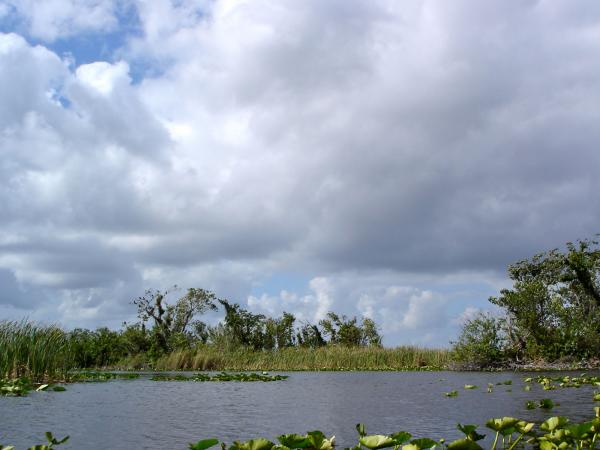
The Florida Everglades, found in the southern half of the Florida peninsula, are one of the largest wetlands in the world. Only 200 years ago, this massive 5,184,000-acre watershed created a unique natural environment that covered almost one third of the entire state.
Everglades Album
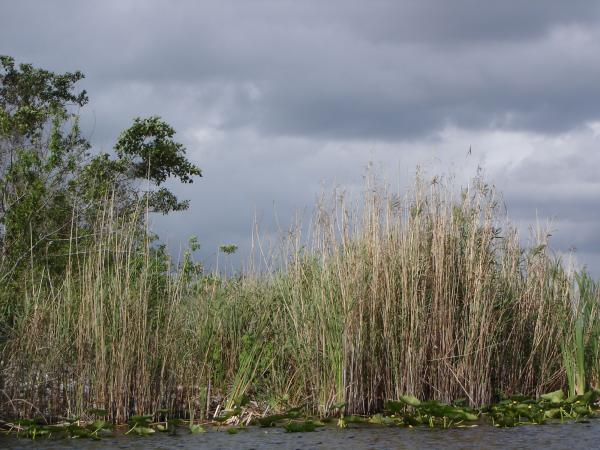
The Everglades are formed by a shallow expanse of fresh water that moves slowly over the peninsular lowlands that are covered with billions of blades of sawgrass. As the water, which runs to an average depth of 3 feet (1 meter), passes through the sawgrass, the current causes the grass to sway, thus giving rise to the Everglades' nickname, "River of Grass."
Everglades Album
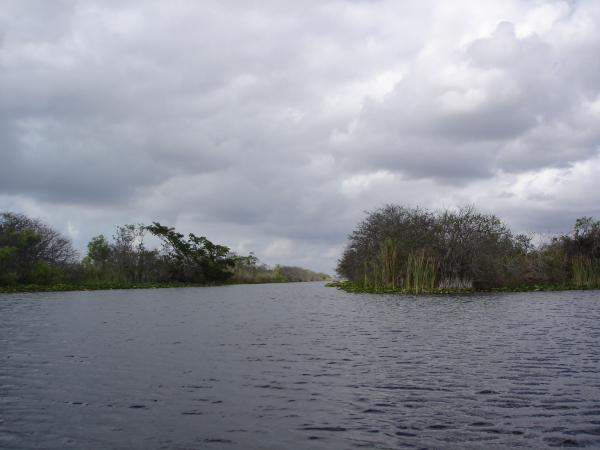
Once, the Everglades spanned from Lake Okeechobee in central Florida south for 100 miles (160 kilometers) to Florida Bay. Water leaves the lake during the rainy season and forms a slow-moving, shallow river that at one time was over 60 miles (95 km) wide.
Everglades Album
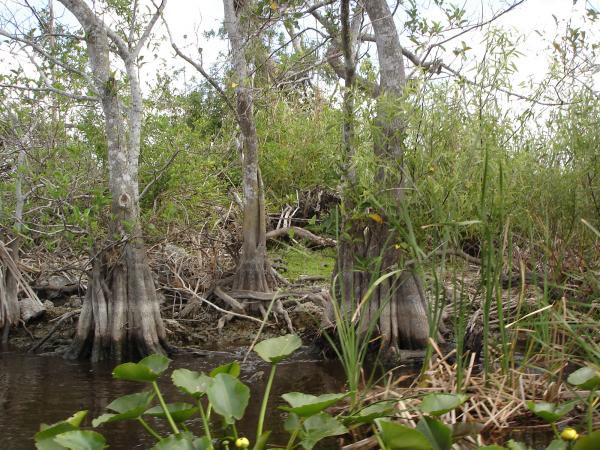
The Everglades are the result of the works of both water and fire. During the rainy season flooding is a common occurrence, and during the dry season wild fires burn through the sea of grasses. A vast series of interdependent ecosystems from cypress swamps to the Ten Thousand Islands make up this unique natural landscape.
Everglades Album

Today only about 50 percent of the natural Everglades remain. This remnant is protected within the boundary of Everglades National Park. The remaining half of the original Everglades has been drained of its water and the reclaimed land used for modern agriculture, towns and businesses.
Everglades Album
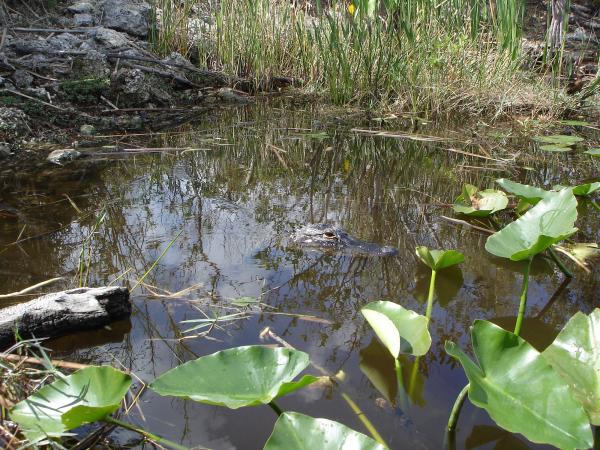
Everglades National Park was dedicated in 1947 and is located in the southern part of the massive wetlands. This 1,500,000-acre national park is made up of many habitats with a vast variety of animals and plants.
Everglades Album
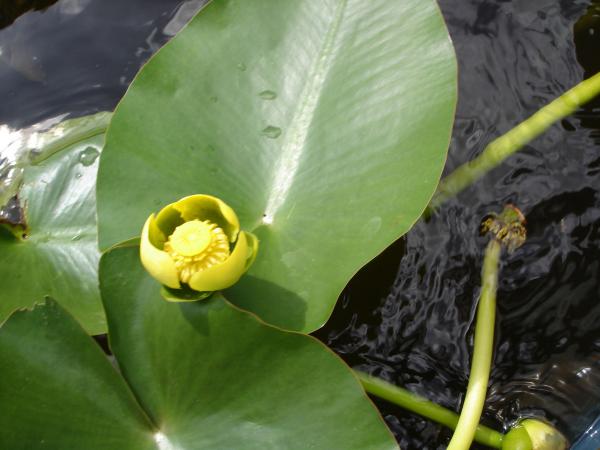
Everglades National Park became the first such park in American history dedicated solely to protect a unique diversity of life found in this environment and not because of scenic value or historic significance.
Sign up for the Live Science daily newsletter now
Get the world’s most fascinating discoveries delivered straight to your inbox.
Everglades Album
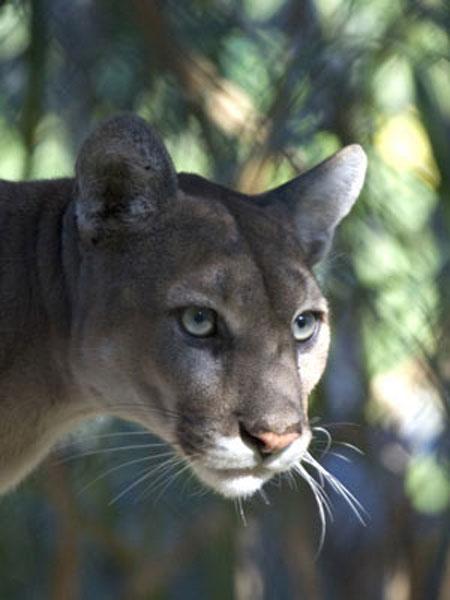
There are over 40 species of mammals that make their home in the Everglades. White-tailed deer are a common site wading through the shallow waters. The protected Florida panther (Puma concolor coryl) and black bear live in this semi-aquatic environment but are seldom seen. Naturalists monitor their well being within the Everglades with radio collars.
Everglades Album
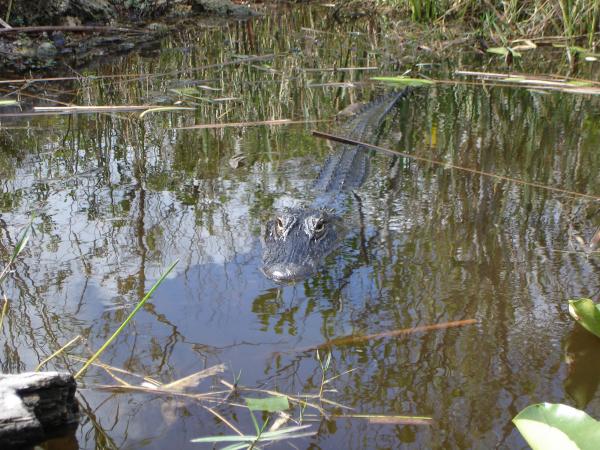
American alligators (Alligator mississippiensis) are a common predator of the Everglades. They are often seen gliding through the shallow waters or sunning along the riverbank. Here too is found the American crocodile. The Florida Everglades is the only place in the world where both alligators and crocodiles co-exist together in a wild, natural environment.
Everglades Album
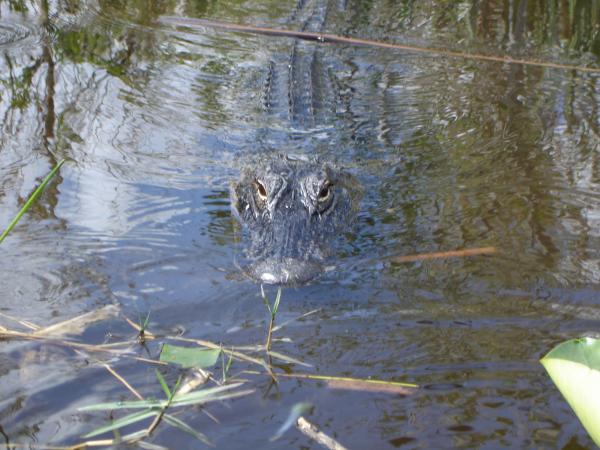
The American alligator has a slightly rounded body, a broad head and thick, powerful limbs. They have the ability to stay submerged under water for several hours when not actively swimming. They are the major predator of the Everglades.
Everglades Album
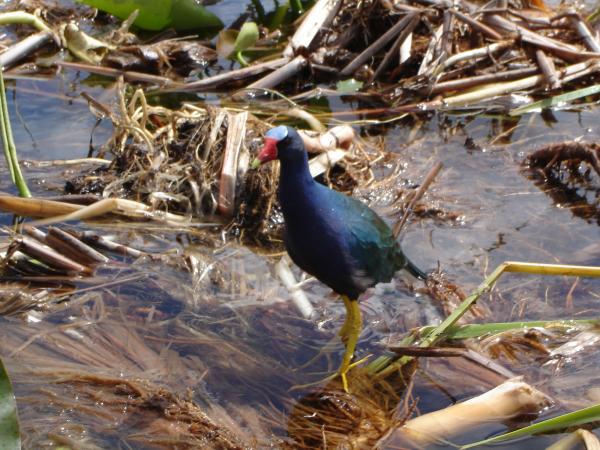
This rich aquatic environment is home to a vast variety of birds. Egrets, herons, cormorants and many species of songbirds find an ideal environment amongst the sawgrass to nest and dine on the many fish and insects species found here. Ospreys soar over the glades and build their majestic nests high in the tall cypress trees.









